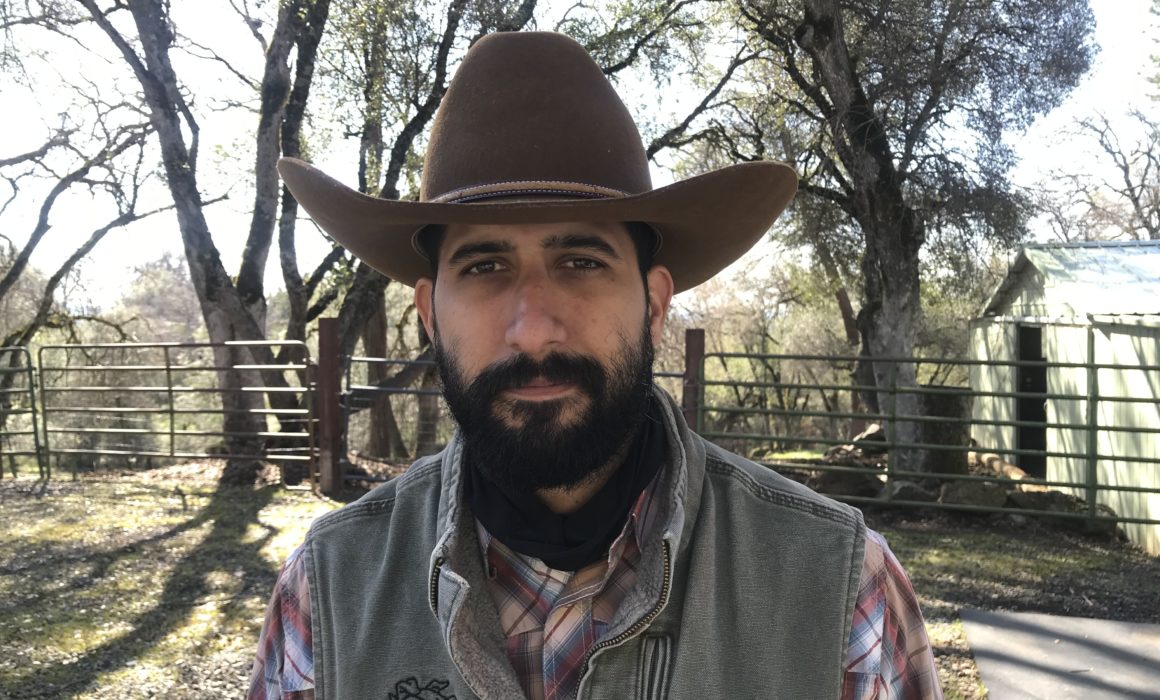
“We’re doing SEL lessons on friendships, community, self-management and coping skills. It’s like SEL on steroids.”
—Marti Velasco, San Juan Teachers Association
“We’re really hitting anxiety hard. Building those skills so they can cope with it,” says school counselor Marti Velasco. “If we don’t address the mental health piece, learning is not going to take place.”

Marti Velasco
At Sylvan Middle School in San Juan Unified School District, Velasco is part of a school intervention team comprising educators and student support staff focused on ensuring students get the support they need, whether it’s academic or otherwise.
“We try to look at the whole child. Maybe the student is going through some hard times and we connect them with a social worker. Sometimes it’s food or clothes. It’s whatever that child or family needs right then to be successful in class,” says Velasco, a member of San Juan Teachers Association. “Our main goal at all times is to support that student and [have them] stay in the classroom, so they are able to learn.”
The keen eye on students’ social-emotional needs and trauma-informed approach is standard practice at Sylvan and other schools in San Juan Unified, but has intensified as students return to campuses after the challenges of the past year and a half. Velasco started planning for this school year last year, with outreach to feeder elementary schools to identify students who might need additional support, connecting them with caring adults and implementing a peer support system where eighth graders trained in support techniques are teamed with sixth graders.
“The transition year from elementary to middle school is hard. We’re doing a lot of our social-emotional lessons on friendships, community, self-management and coping skills,” says Velasco, a school counselor with San Juan since 2006. “It’s like SEL on steroids.”
Math teacher David Vazquez is a member of the design team at San Juan’s Katherine Johnson Middle School, opening for the first time this school year. As students arrive on campus, he says, the goal is to immediately start building a sense of belonging, utilizing the Ron Clark Academy House System to create a community together (see sidebar, below).
“The students need something to channel that energy,” says Vazquez, a member of San Juan Teachers Association. “It’s new, and we’re making it something that’s going to be spectacular.”

“The tone is ‘You have a place here.’ We want to build a strong relationship before we get into the curriculum.” —David Vazquez
With many students away from the physical classroom environment for some time, Vazquez says, there will be a need to practice social skills, as well as a focus on building student-teacher relationships. Multi-disciplinary Learning Support Teams are already in place to help identify students with needs and connect them with support and services. Students at both Katherine Johnson and Sylvan will also have a flex period during which they will get timely supports as well as a choice of enrichment courses, from visual and performing arts to Vazquez’s offering on solar and renewable energy. Velasco says Sylvan’s flex period will include groups on anxiety, organization and anger management — sessions students said they wanted.
“The tone we’d like to set is ‘You have a place here,’ and we want to build a strong relationship before we get into the curriculum,” says Vazquez, a 10-year educator. “You’ve got to take your time to build that.”
The prep for starting the year is huge, Vazquez says, with staff spending a full week together to prepare the experience they want to give students when they step on campus. Velasco is continuing to do professional development with educators, on topics as serious and important as recognizing signs of suicidality in students.
“We’re going to give teachers tools, so they have the support they need,” Velasco says. “Everyone is walking through the door with different needs.”
The Ron Clark Academy House System
The system randomly assigns incoming students and all staff to four Houses — learning and leadership communities — where students remain all their years at the school. Houses are meant to foster deeper connection among students across grade levels and interests as Houses hold healthy competitions with each other in academic and other arenas. Read more at rcahousesystem.com.
SEL Tools
California Department of Education recently released a suite of tools on Transformative Social Emotional Learning (T-SEL) to help educators support the whole child. Materials include Kindergarten to Adult T-SEL Competencies; T-SEL Conditions for Thriving; and resources to support implementation. These tools, developed by the 2020 CDE Social and Emotional Learning State Team, aim to build on and respond to the call from stakeholders to embed equity-focused T-SEL in every teaching and learning context across the public education system.
Download T-SEL resources at cde.ca.gov/ci/se/tsel.asp.
Creating Supportive Schools
Tips from Marti Velasco and David Vazquez as students return to school:
- Be deliberate. Actively work to support students’ social-emotional needs.
- It’s all about relationships. Focus on building relationships with students.
- Take care of yourself. You need to be well to help your students.
- Every student is different. Recognize that some will need more support than others.
- If you see something, say something. Identify students who may need help and connect them with support systems.
- It will take time. Be patient. Building relationships and supporting students’ social-emotional needs are necessary for learning to occur.
Other stories in this special section on Ways to Wellness:
FOR YOU
- Back on track – expert tips on creating a stronger, healthier you
- Compassion fatigue – setting up a structure and systems to help individuals
- SEL for you, too – Social-emotional learning for educators
FOR YOUR STUDENTS
- Movement matters – PE teachers’ plans to get students into tip-top shape
FOR YOUR SCHOOL COMMUNITY
- Reimagining schools with equity at the center
The Discussion 0 comments Post a Comment